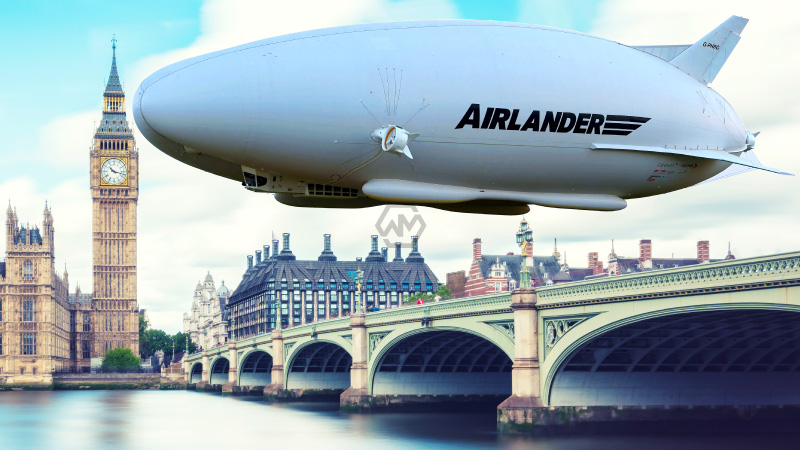- The Airlander 10 from British HAV aims to make the modern airship a commercially viable reality.
- Air Nostrum, a regional airline based in Spain, increased the 10 Airlanders it had ordered to 20.
- A Memorandum of Understanding was inked between HAV and UK defense company BAe.
The first Concorde transatlantic flight, which took place fifty years ago on Tuesday, will usher in a new age in aviation. The Airlander 10 from British business Hybrid Air Vehicles (HAV) aims to make the modern airship a commercially viable reality.
The Hindenburg and Graf Zeppelin once held the distinction of being the longest aircraft, but now the Airlander 10 retains that honor. Being heavier than air allows HAV to upend the idea of an airship since its Air Cushion Landing System can firmly rest on the ground without the assistance of ground crews.
Airlander 10
With only 20% of the carbon footprint that commercial airframes can manage, the Airlander can fly nonstop for five days straight, covering 4,000 miles at a height of 20,000 feet.
With eco-credentials, the Airlander has a wide range of uses, from commercial transportation to surveillance and transport ships for the defense sector. Air Nostrum, a regional airline based in Spain, increased the 10 Airlanders it had ordered to 20.
Since the firm also consists of Hibernian Airlines in Ireland and Mel Air in Malta, variations built to carry 100 passengers in luxury between Spain and the Mediterranean may be sailing in just five years.
Regarding civil aviation, HAV might achieve significant success by concentrating on travel options not currently covered by commercial aircraft, such as ecotourism and opulent air cruises.
The US Department of Defense thinks the Airlander 10 can transport mission-critical equipment or serve as a crewed, surveillance vessel that can linger over the Indo-Pacific for up to five days at a stretch without being disturbed. A Memorandum of Understanding was inked between HAV and UK defense company BAe to create comparable capabilities there.



